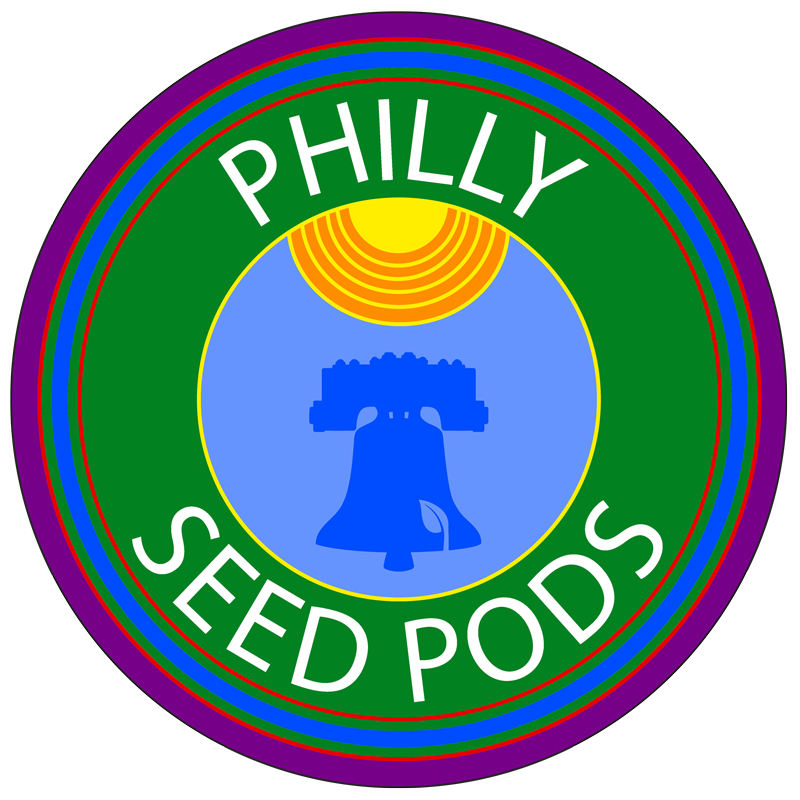Part 5: How Native Plants Help the Ecosystem
This video continues the conversation about the five native plants identified in the previous video. It explains why those plants are important and what they do as a helpful part of our native ecosystem.
Alright! In the last section, we went identified 5 different native plants! This section is going to describe why those native plants are important. We know why invasive plants are harmful to native plants; but why are these native plants so great, anyway? Well, read this section and watch the accompanying video to find out!
We’ll start off with asters and goldenrod. These two plants actually work together to support their ecosystem! What does that it mean? Well, asters and goldenrod grow near each other, and they both bloom at the same time, so each plant can attract pollinators to the other plants! They both bloom in the fall, which is super important because while there aren’t a lot of fall-blooming flowers, there are a lot of insects that need to eat in the fall! One of those insects is the monarch butterfly, which needs lots of flowers so it can get enough for its long migratory journey!
Next, we’ll cover sunflowers. Sunflowers are an important plant because they have a strong stem that’s hard to break. Often, after a storm, many flowers will be damaged and unable to provide food for insects and animals in the ecosystem; not sunflowers! They’re tall and sturdy. Sunflower seeds are also extremely nutritious and a valuable food resource for wildlife.
Now, wild violets: a small, low growing spring flower. These plants are also important to butterflies, but the butterflies that they feed are called fritillaries, not monarchs. Some of them use the leaves of this plant to lay their legs. There is also a type of bee that only drinks the nectar from wild violet flowers, making this a vital plant! They are an early-blooming flower, which, similarly to the goldenrod and asters, means they provide nectar at a crucial point in the season when few other plants are blooming.
Lastly, we’ll look at our native honeysuckle plant. These plants bloom for a very long time, and provide nectar to birds and insects for many weeks! They grow into big bushes that birds and small mammals can make their homes inside of. Hummingbirds enjoy the trumpet-shaped flowers of a native honeysuckle plant.
So you see, these plants are very valuable! Without them, our insects, birds, and even mammals would be harmed! Not to mention other plants! Our next section will be the last, and we’ll learn how we grow and cultivate these native plants in our home gardens or parks!
Until then, why don’t you go into nature and see if you can spot any of the bugs, plants, or animals described in this section!
How many were there?
Did you see more natives or invasives?
You can also download this coloring sheet of plants, bugs, and wildlife.
